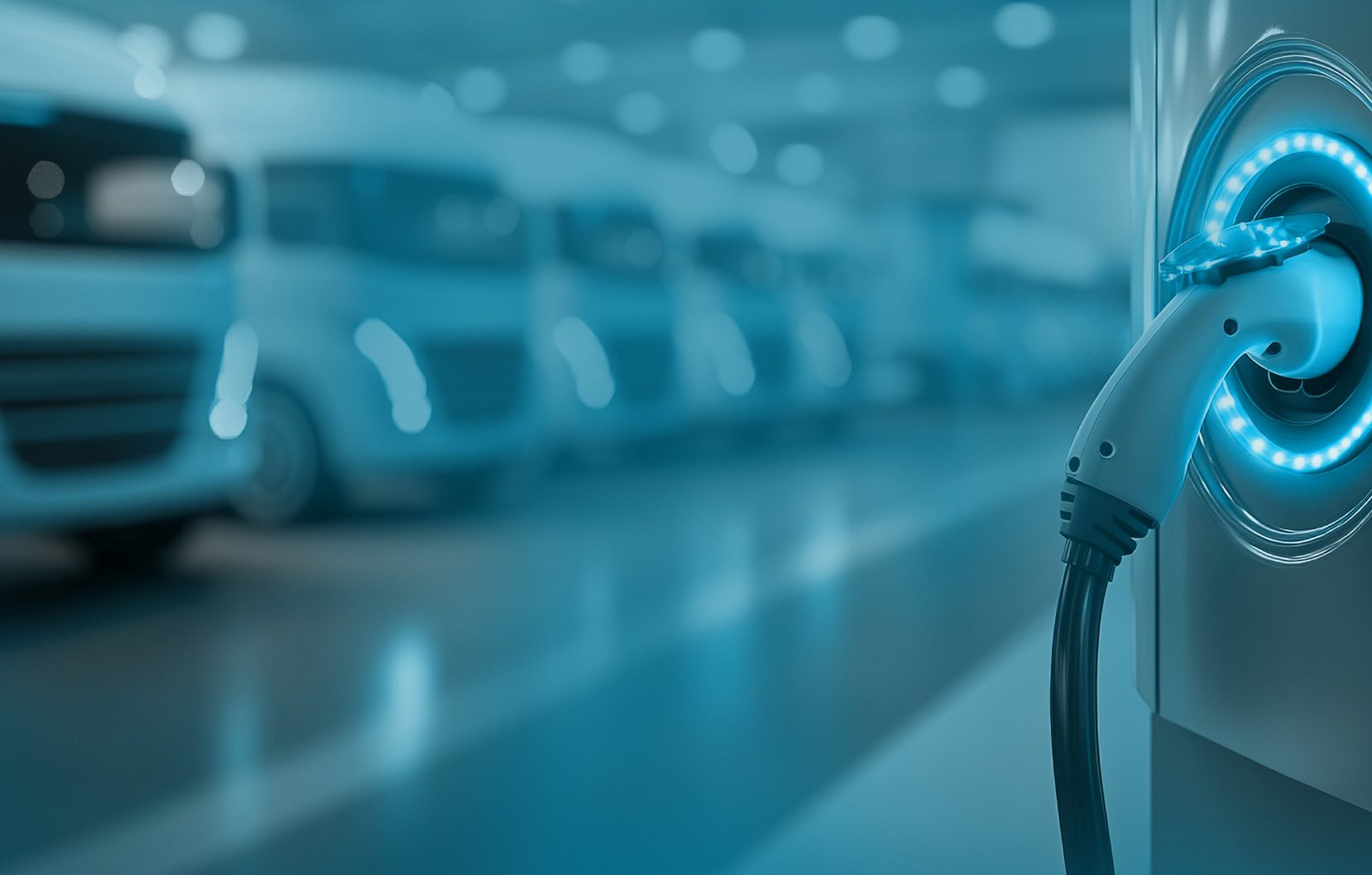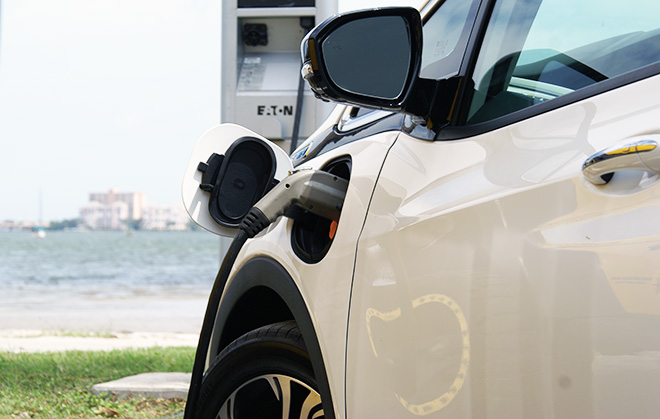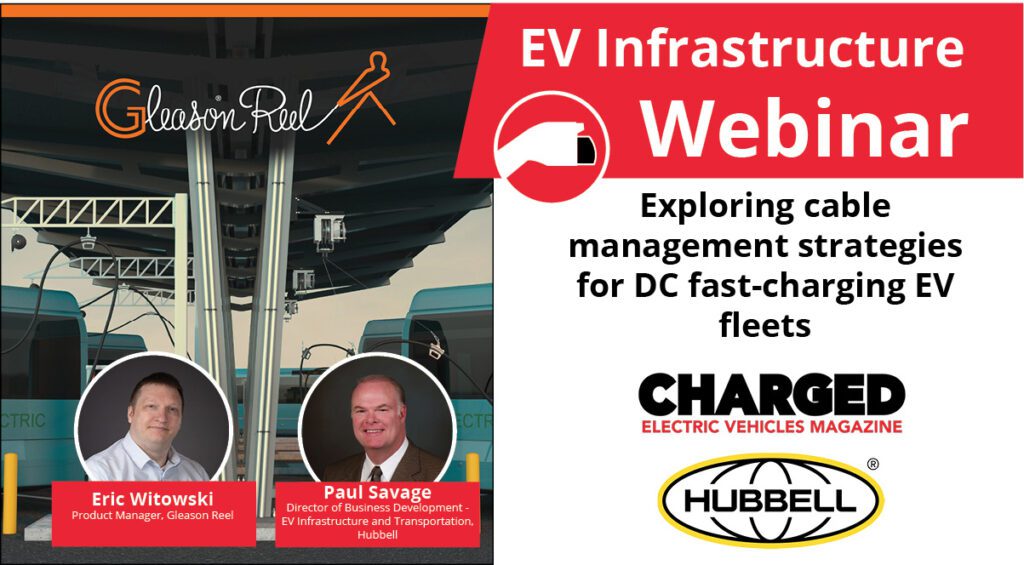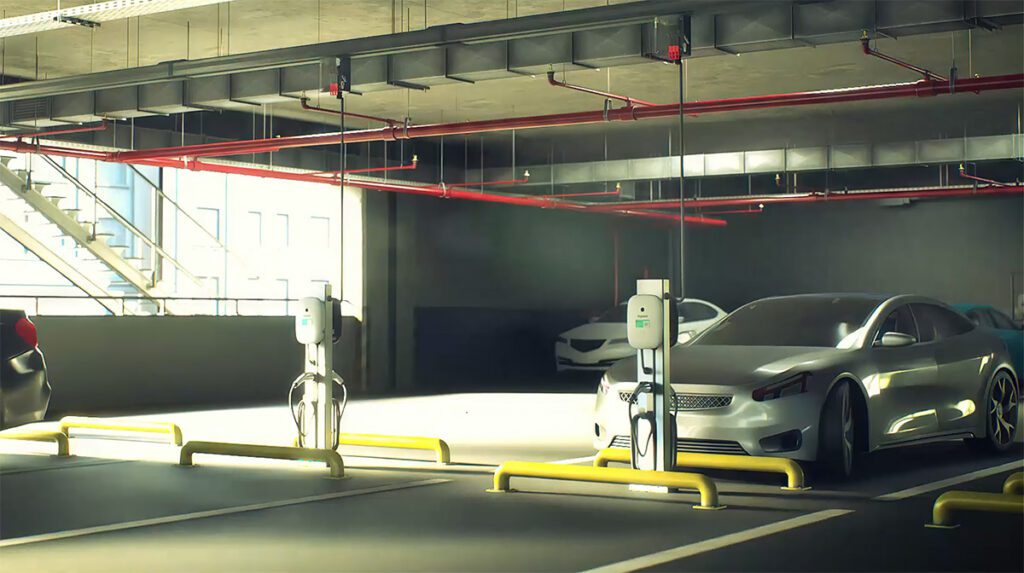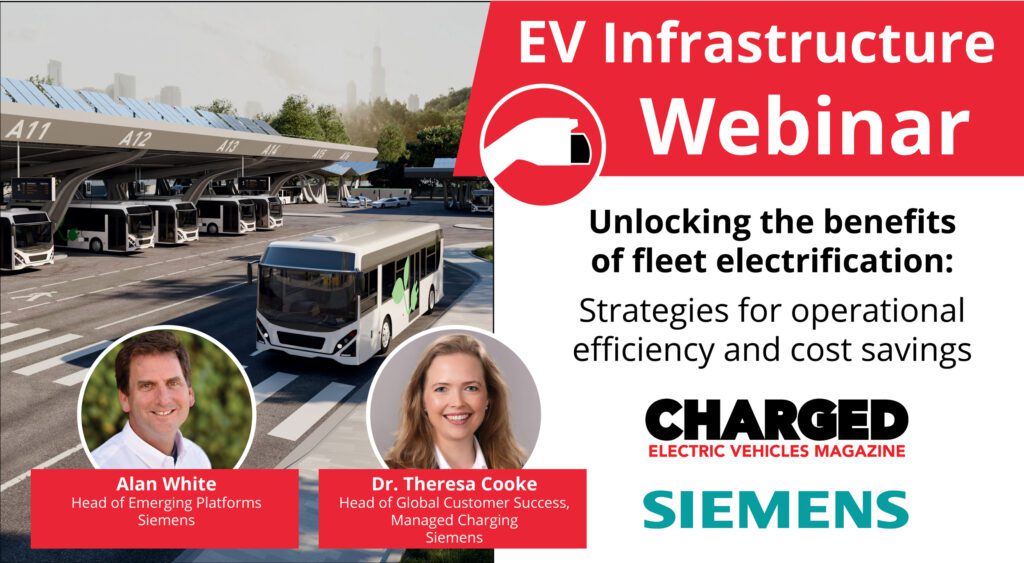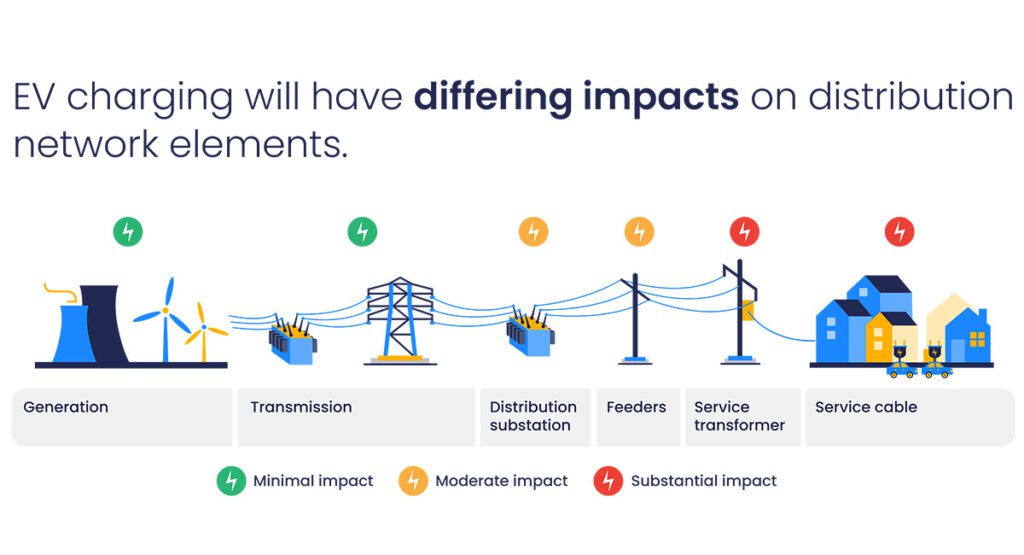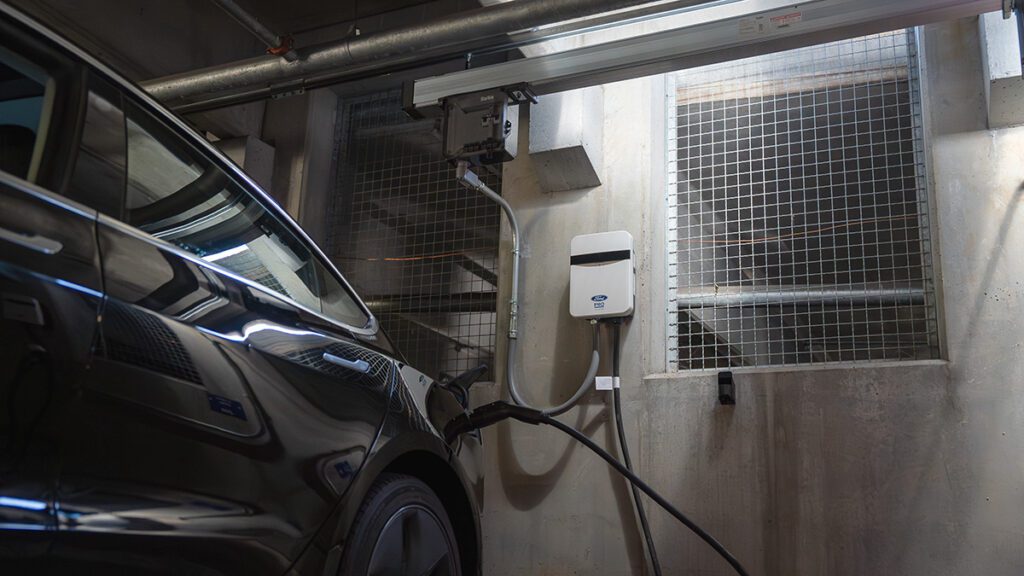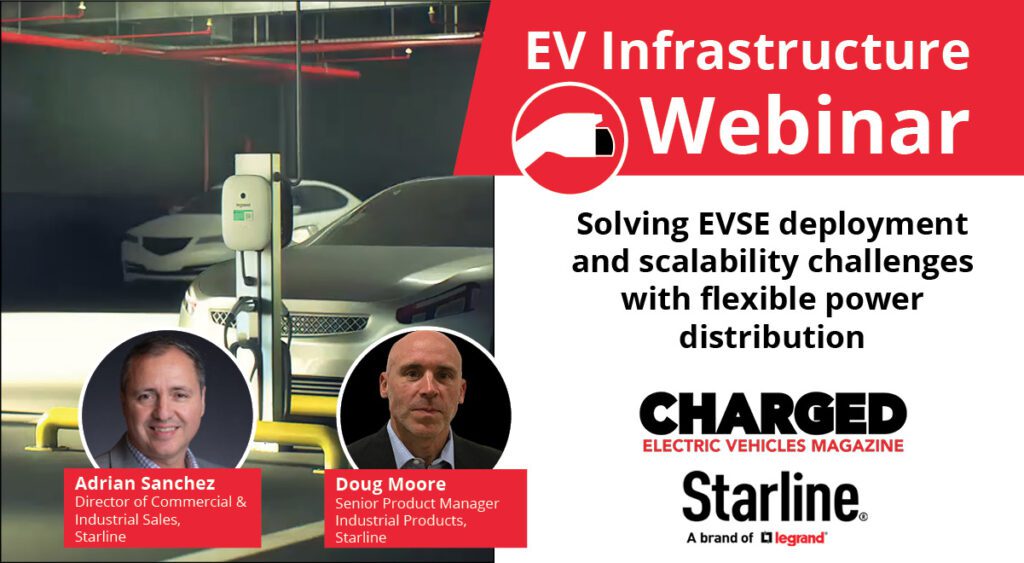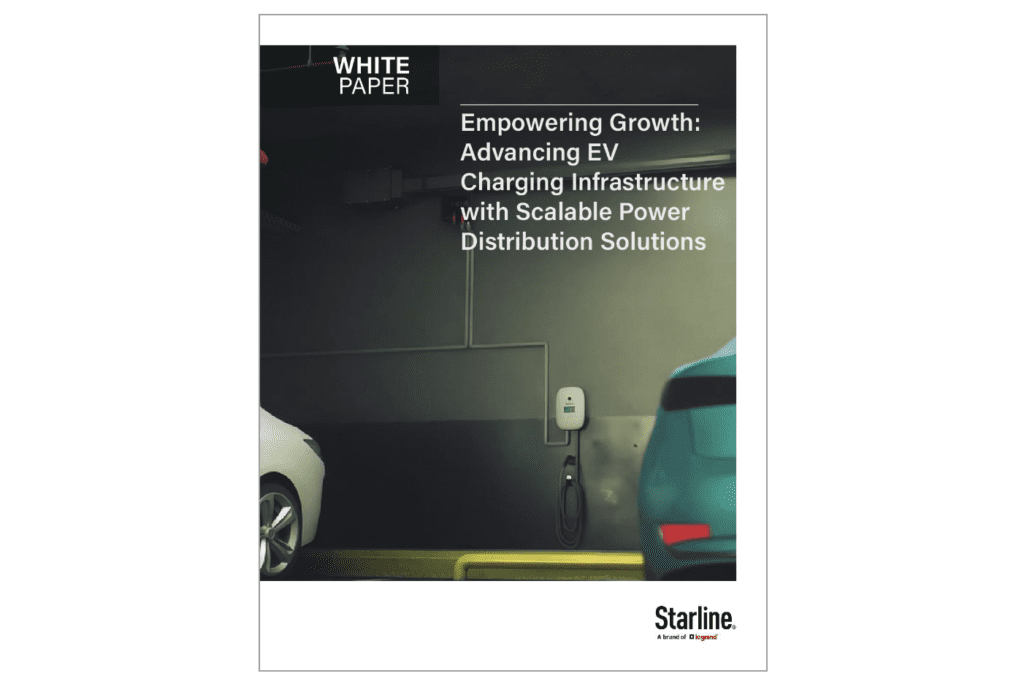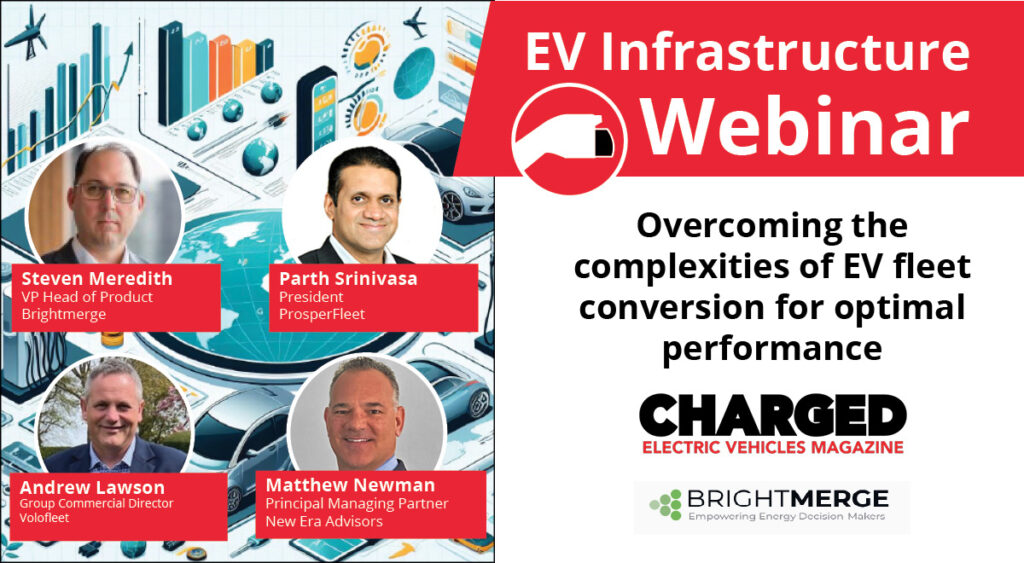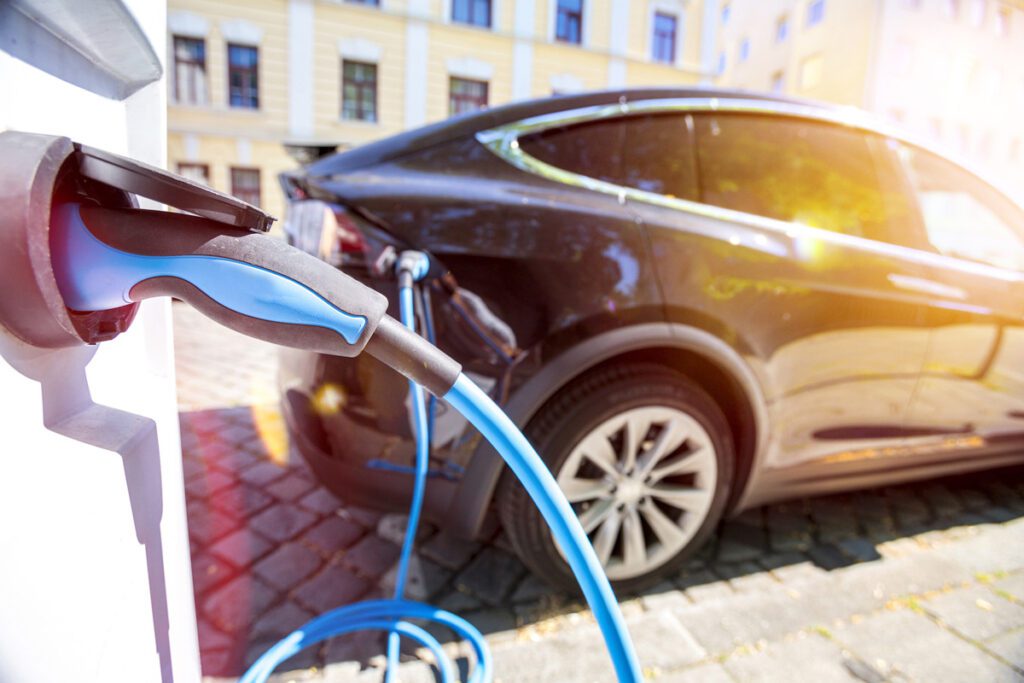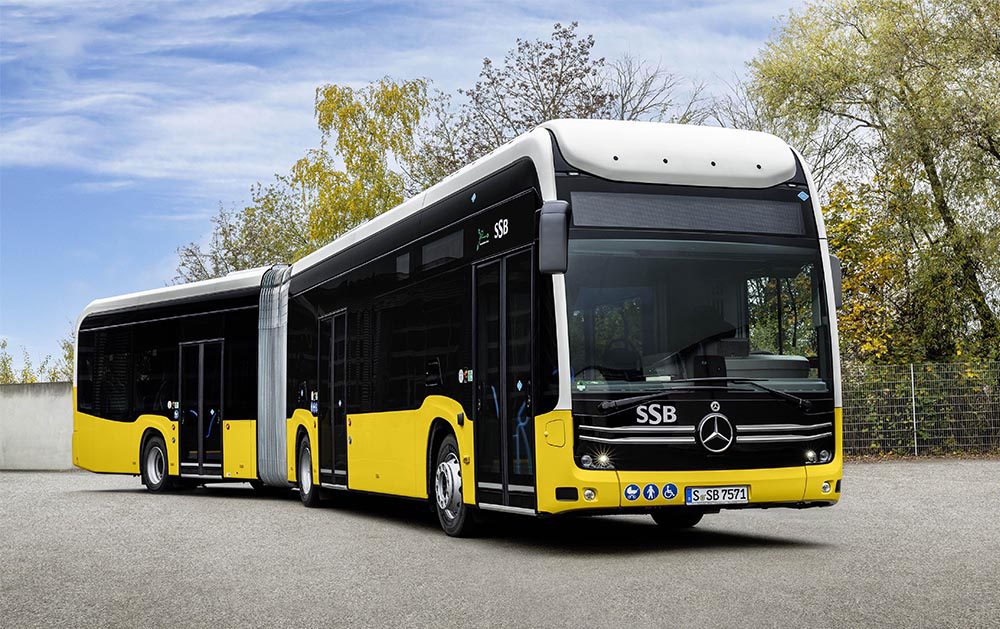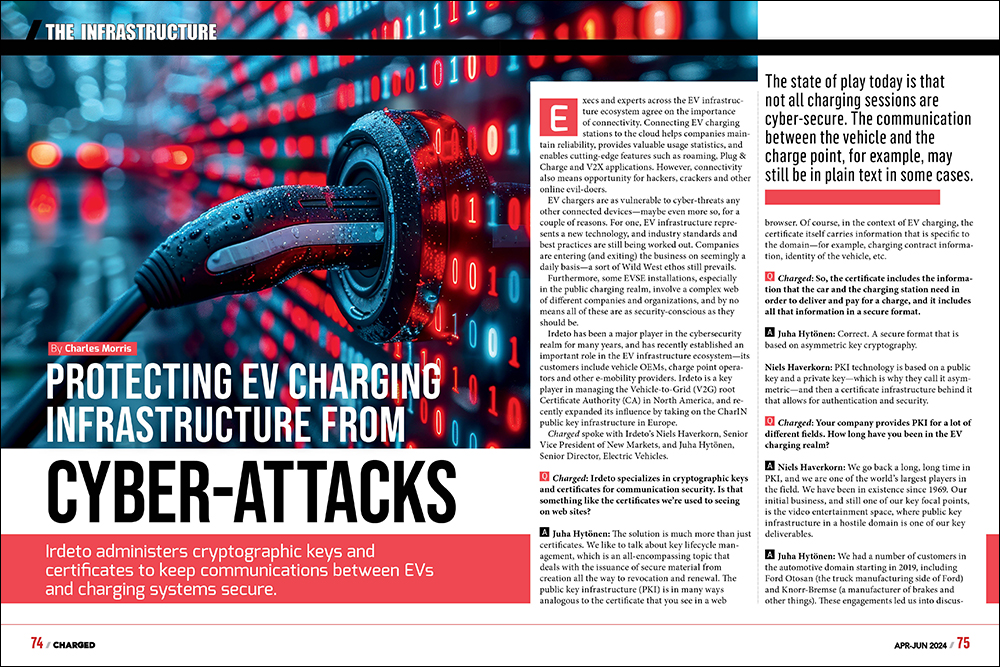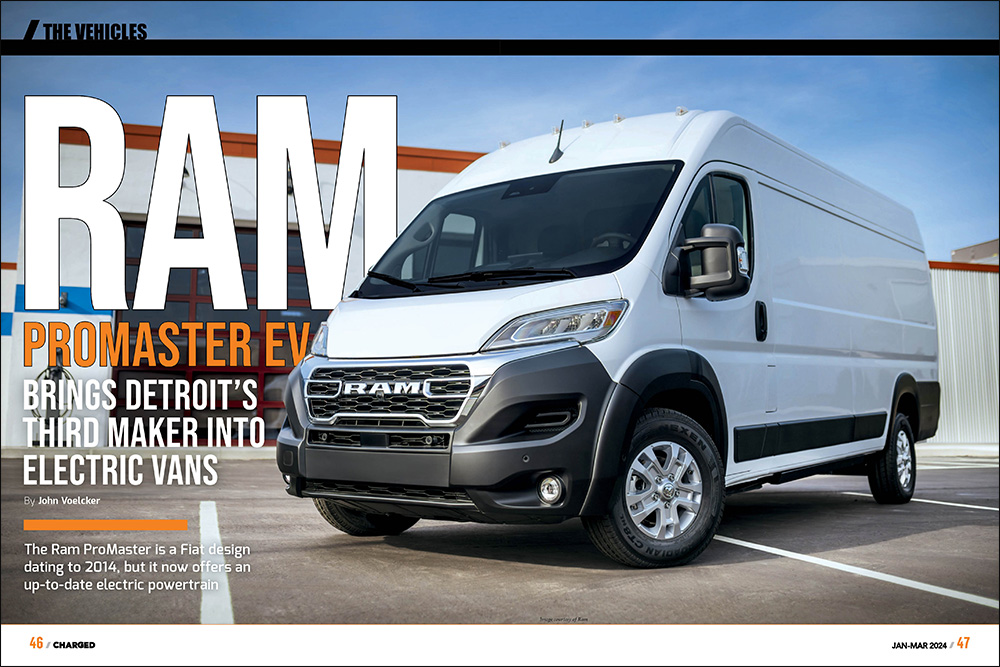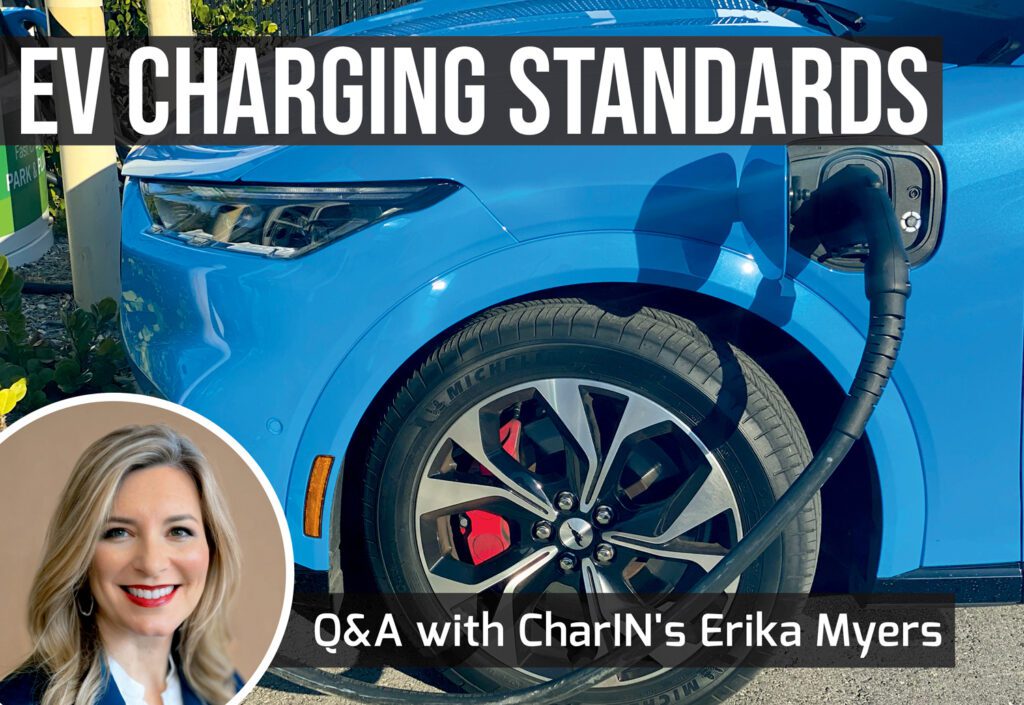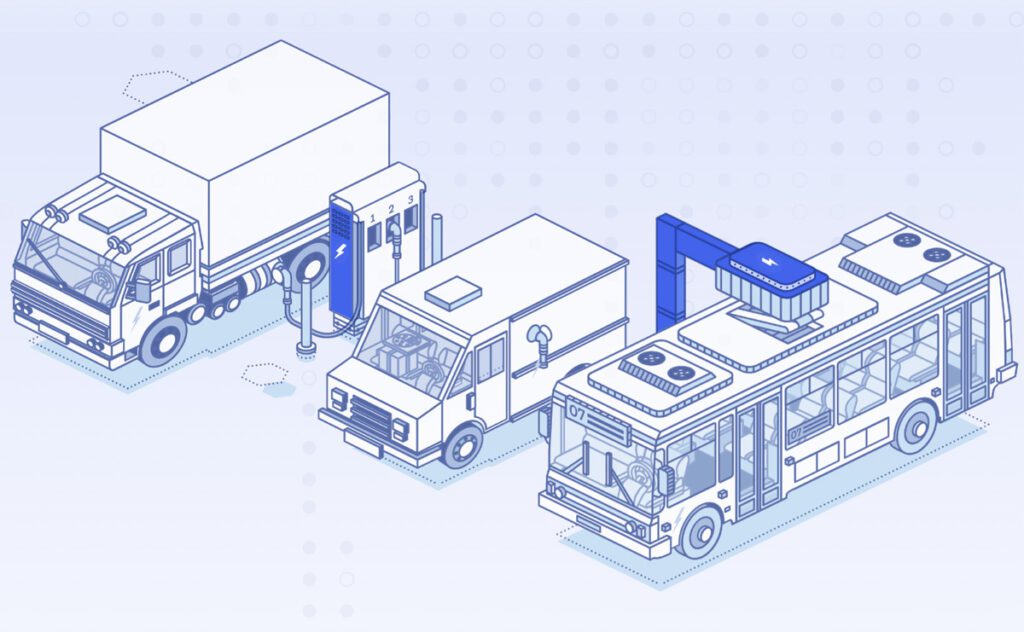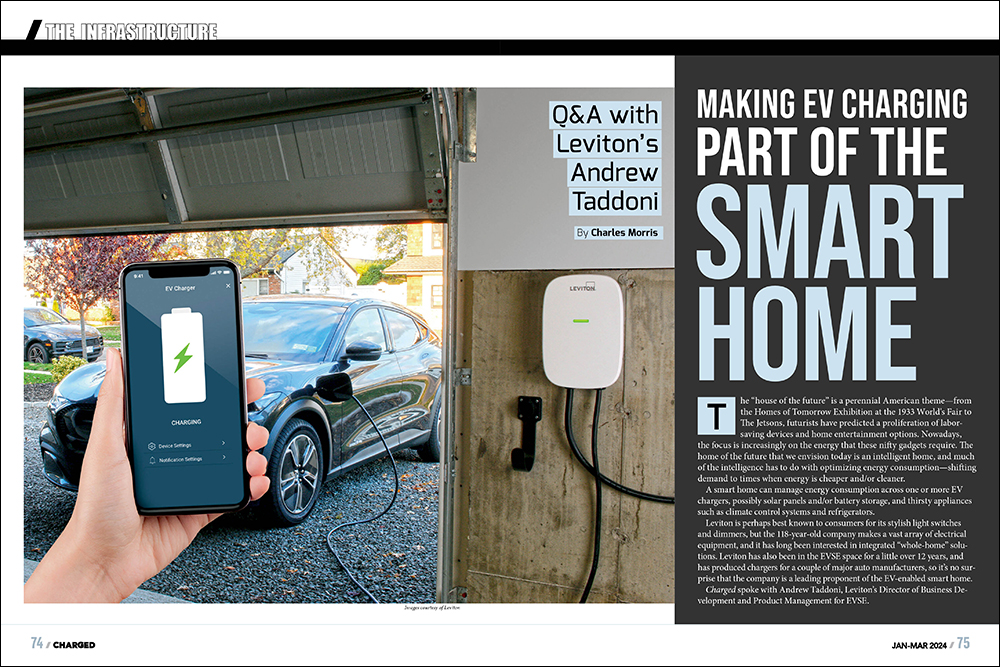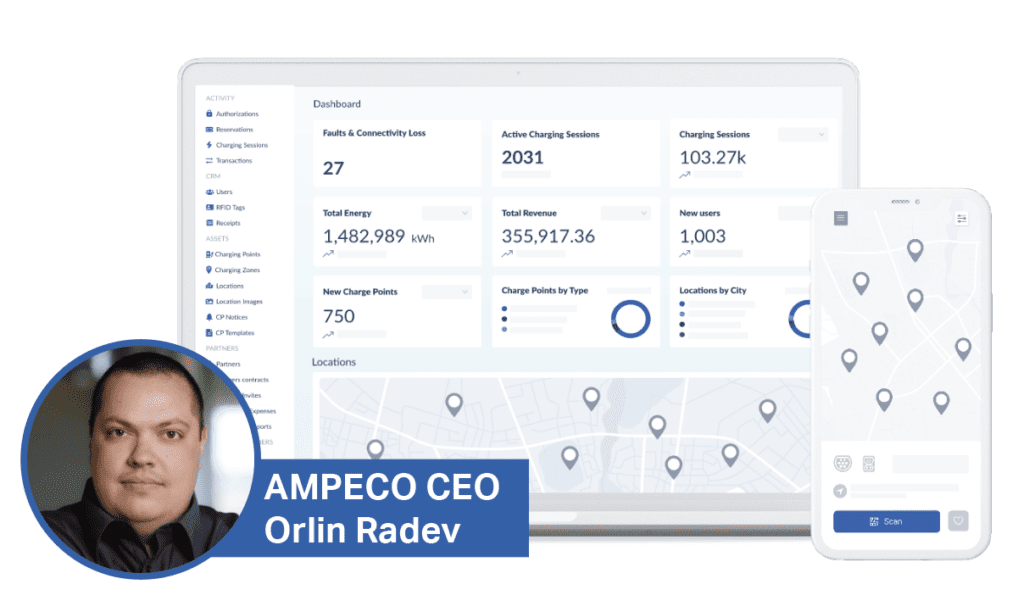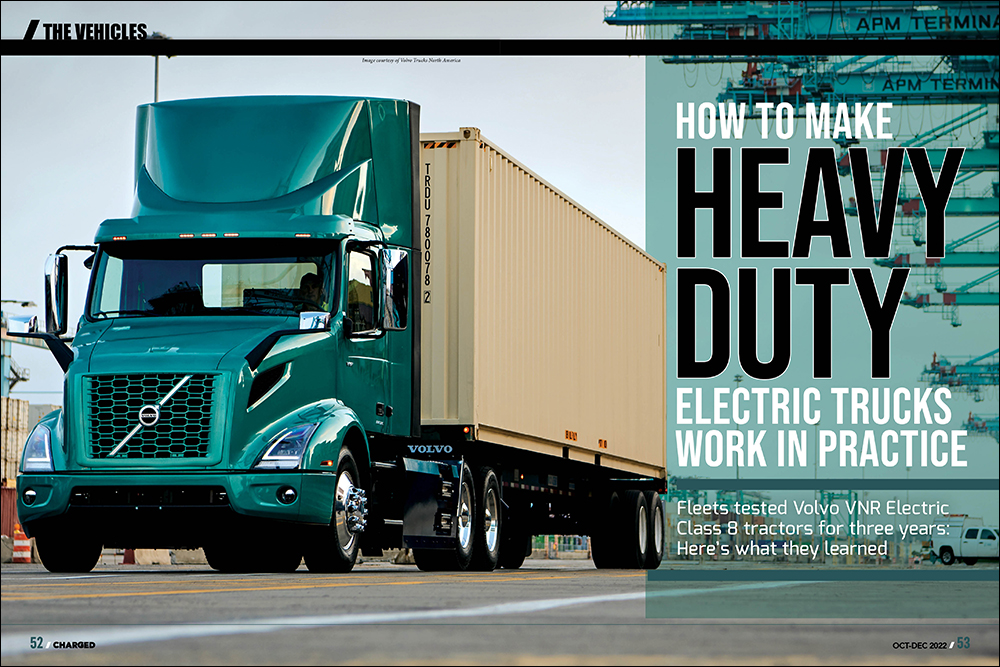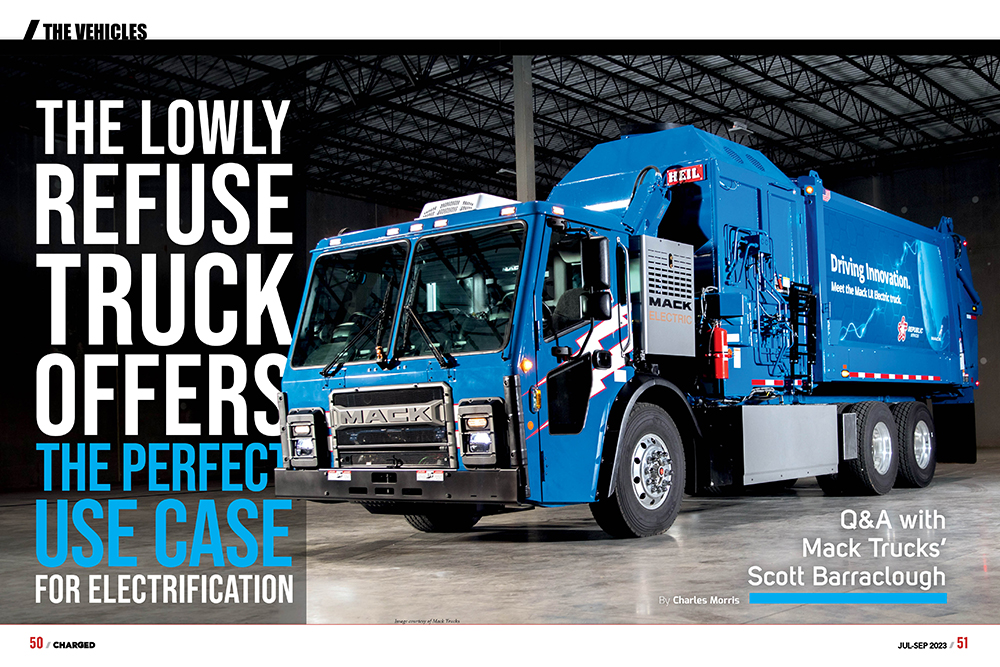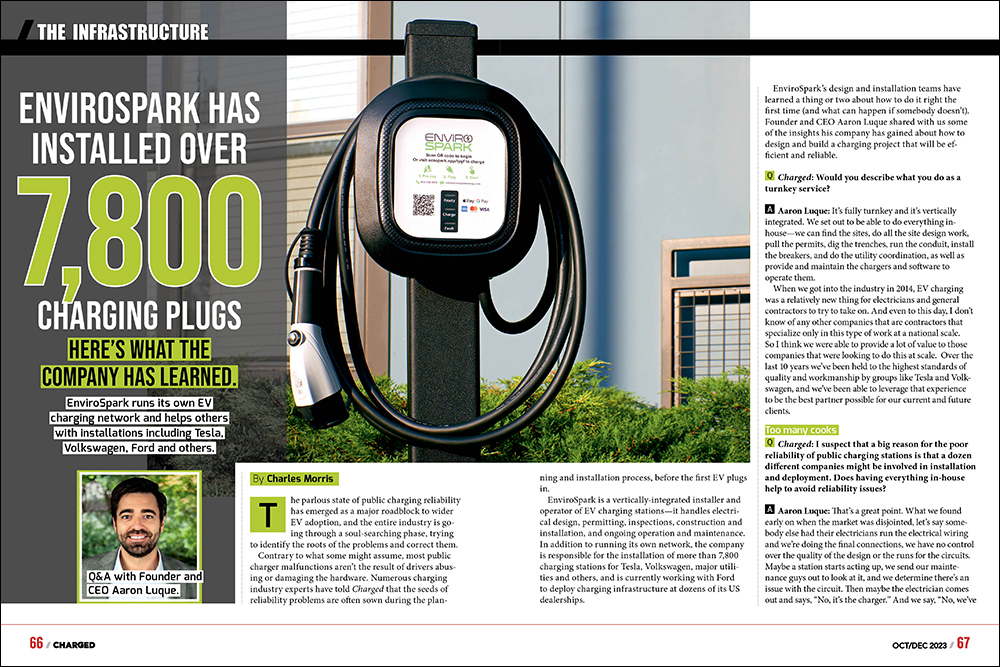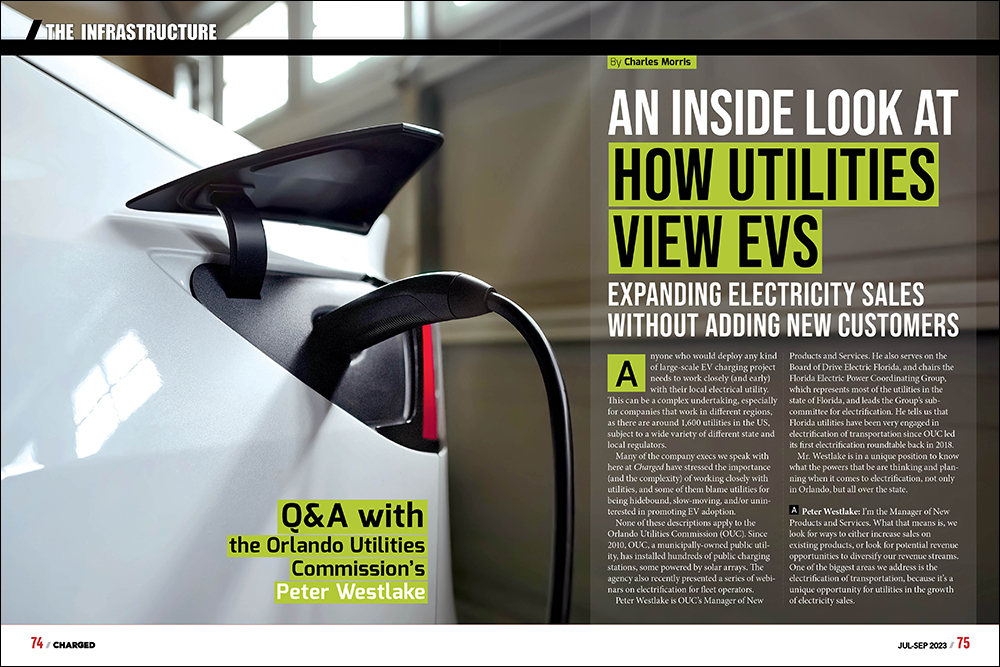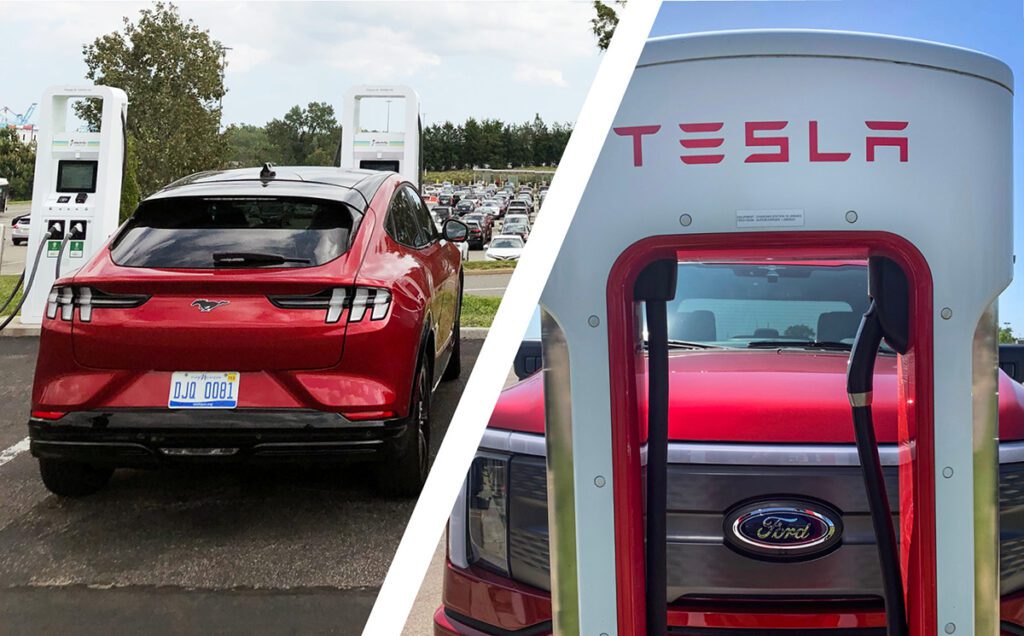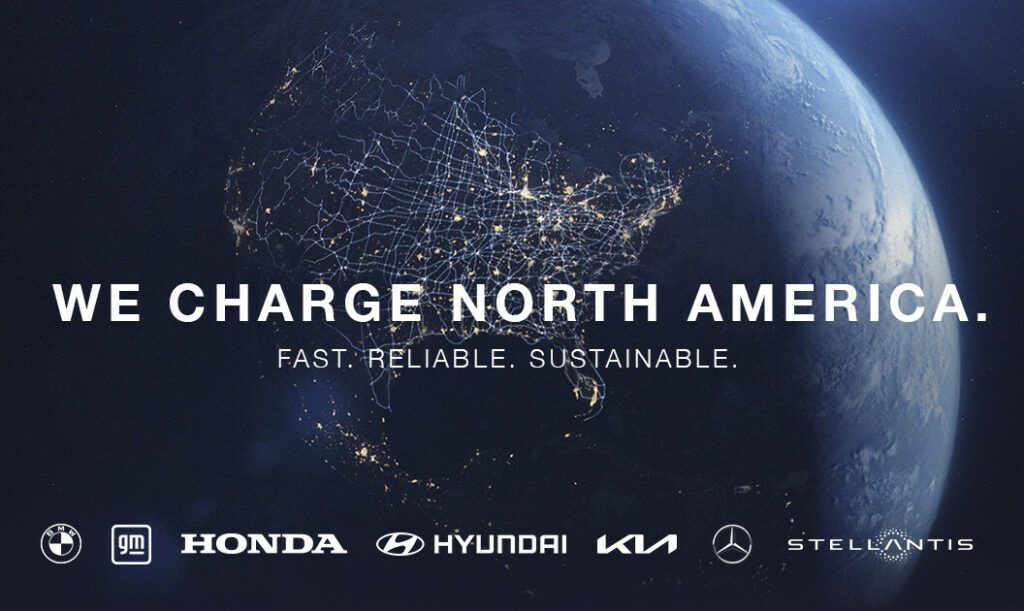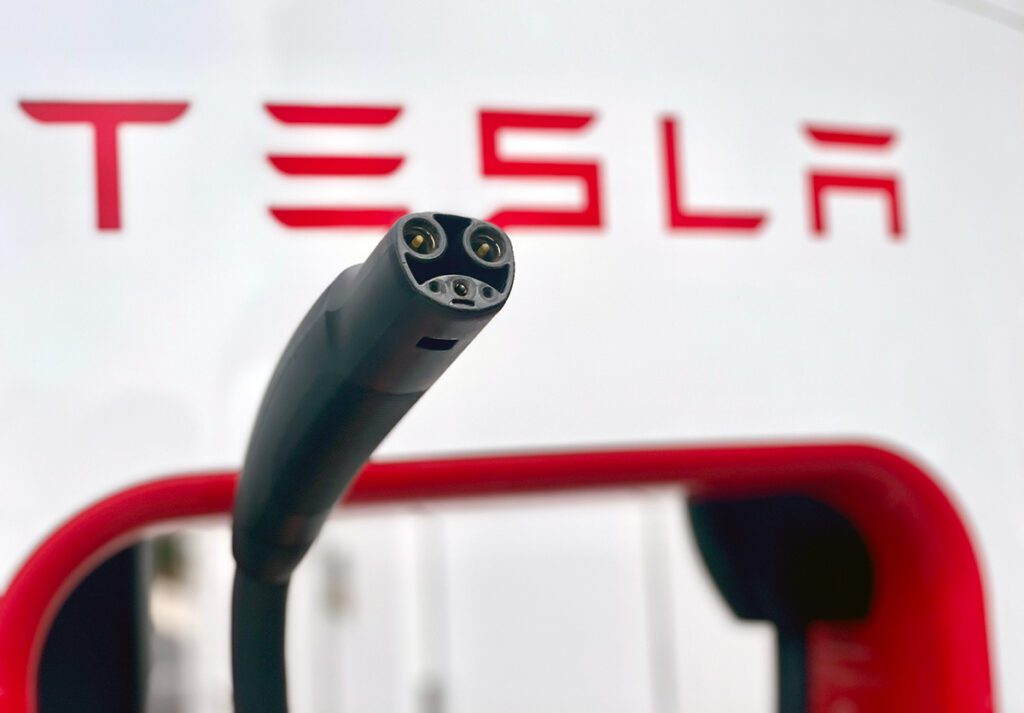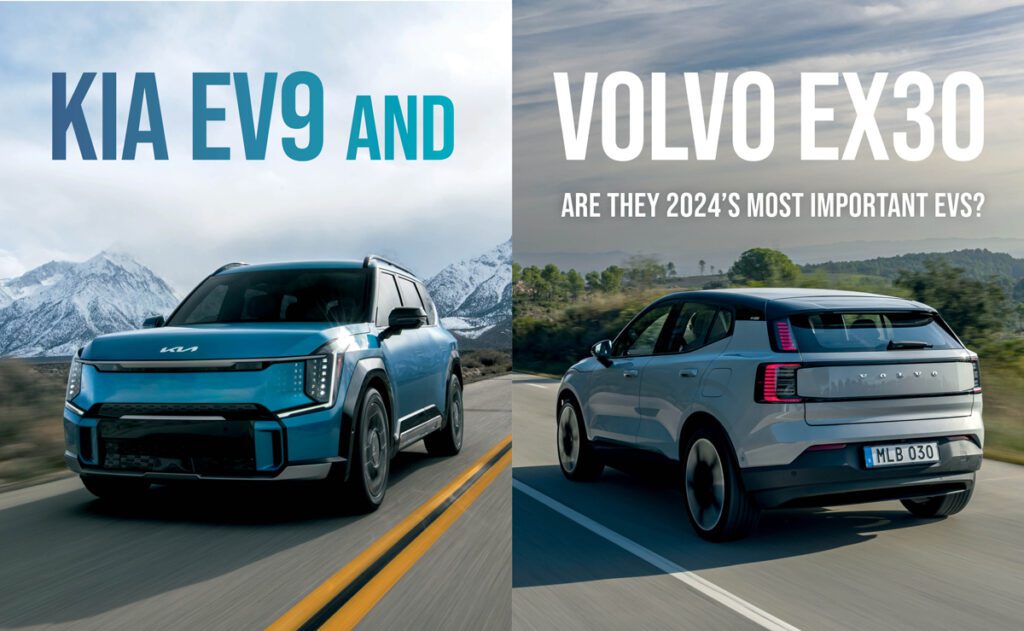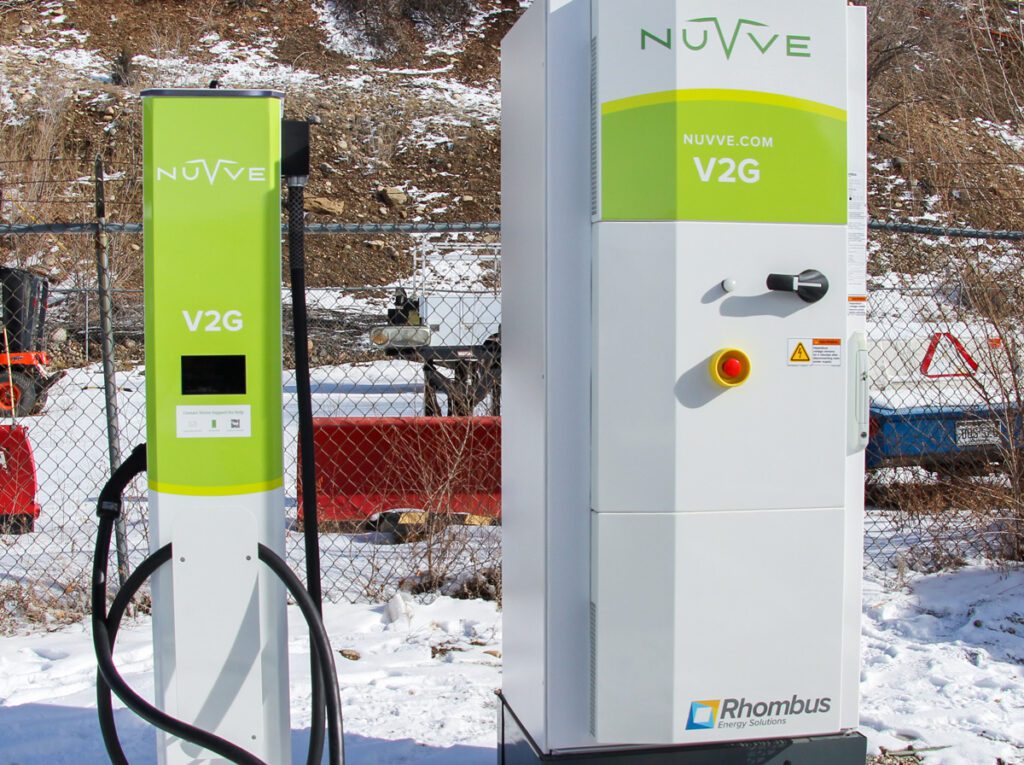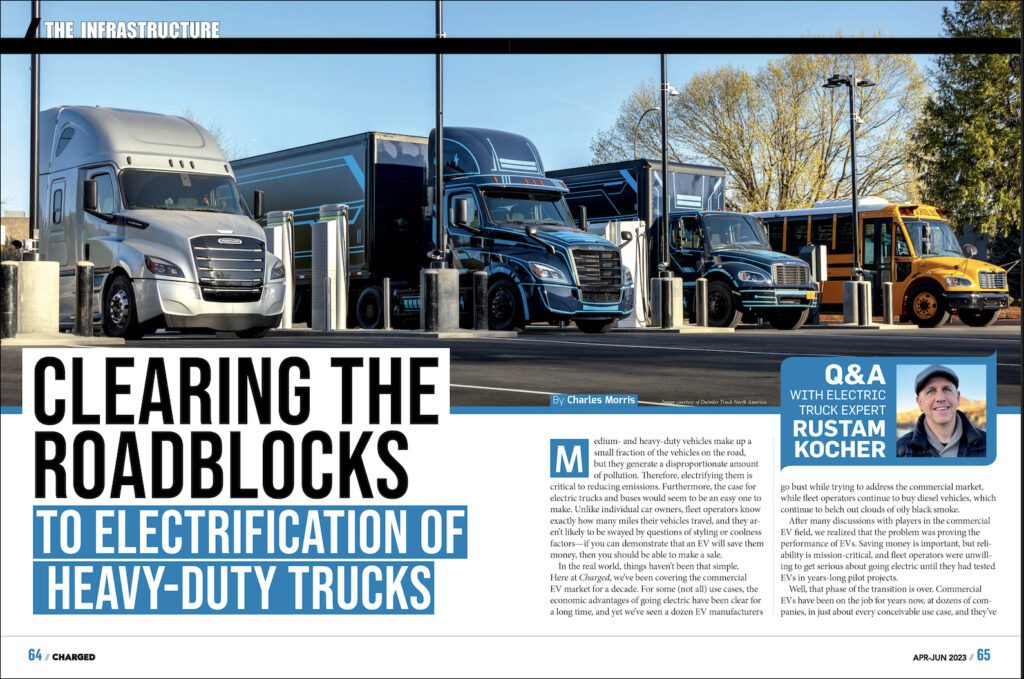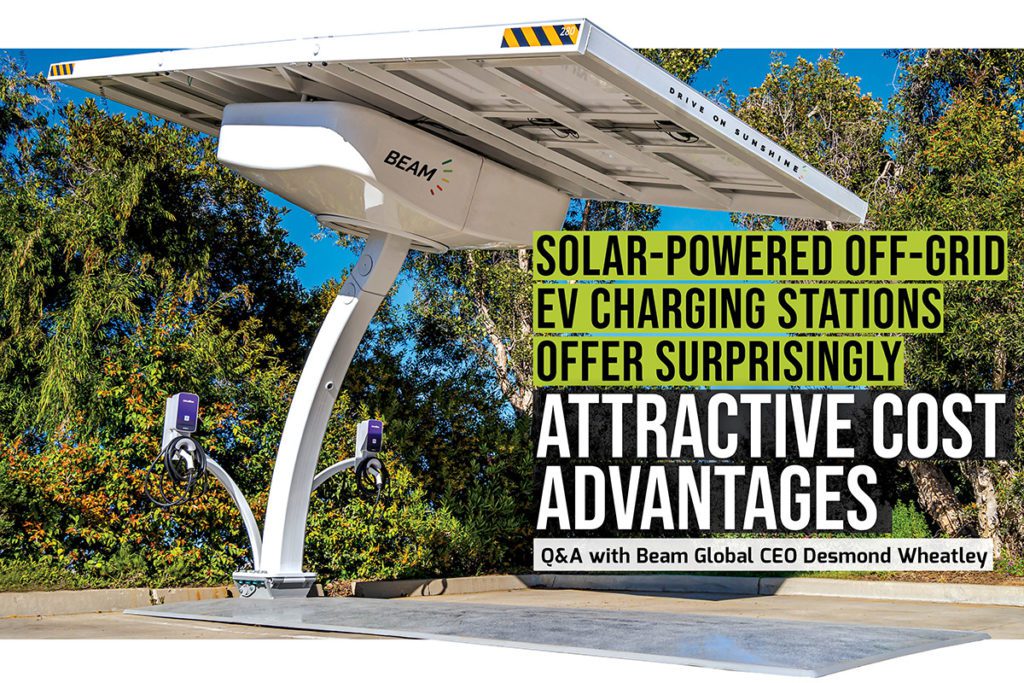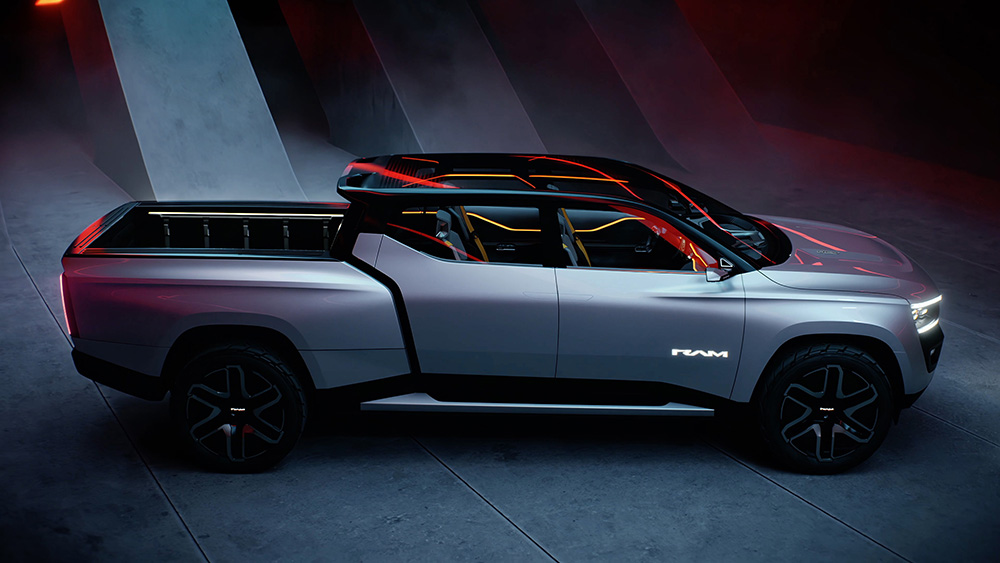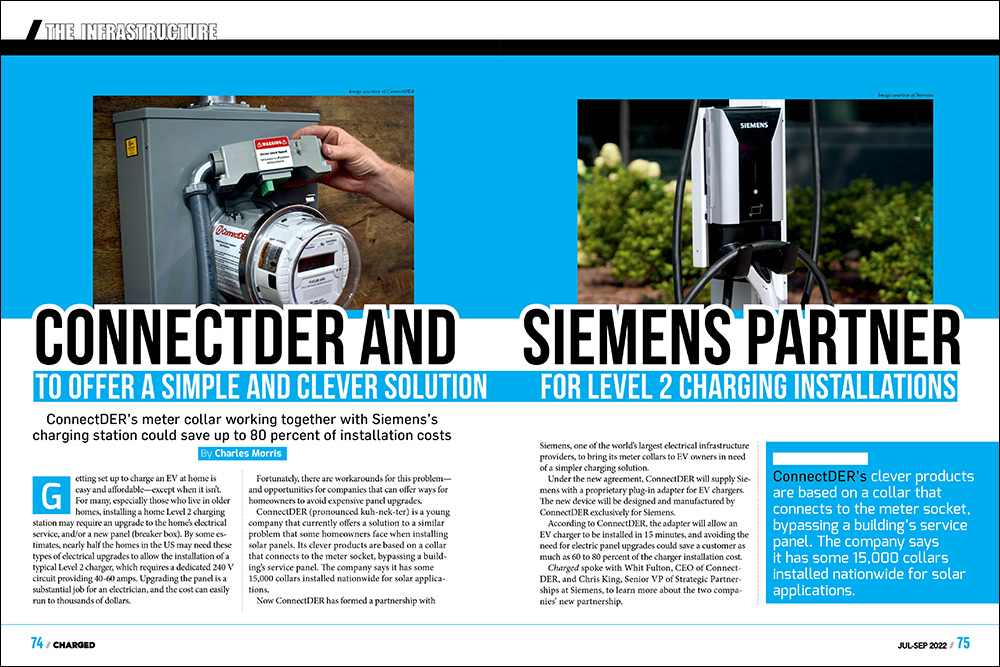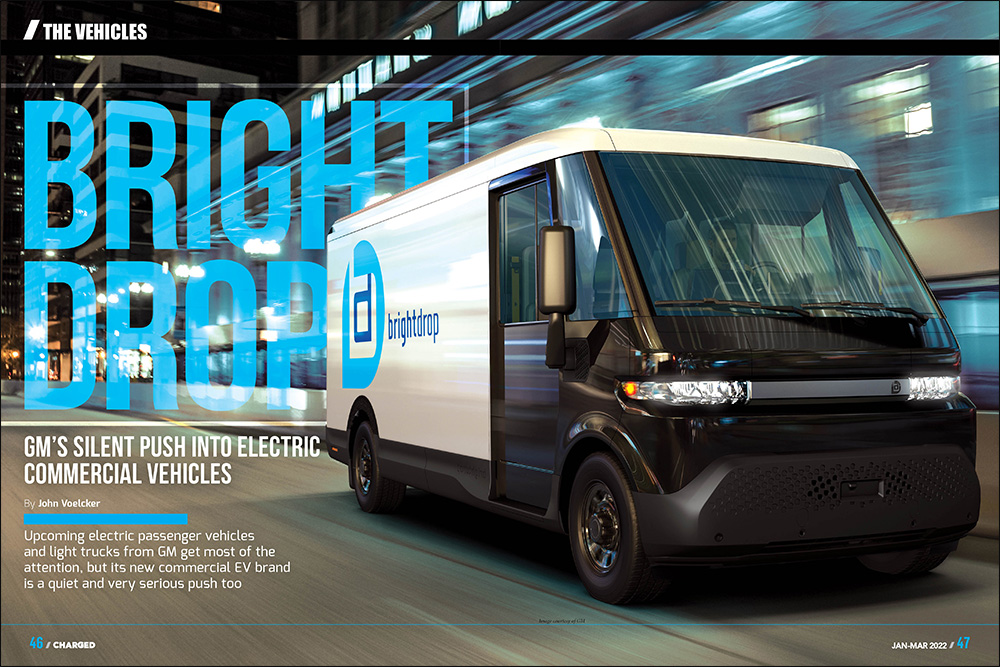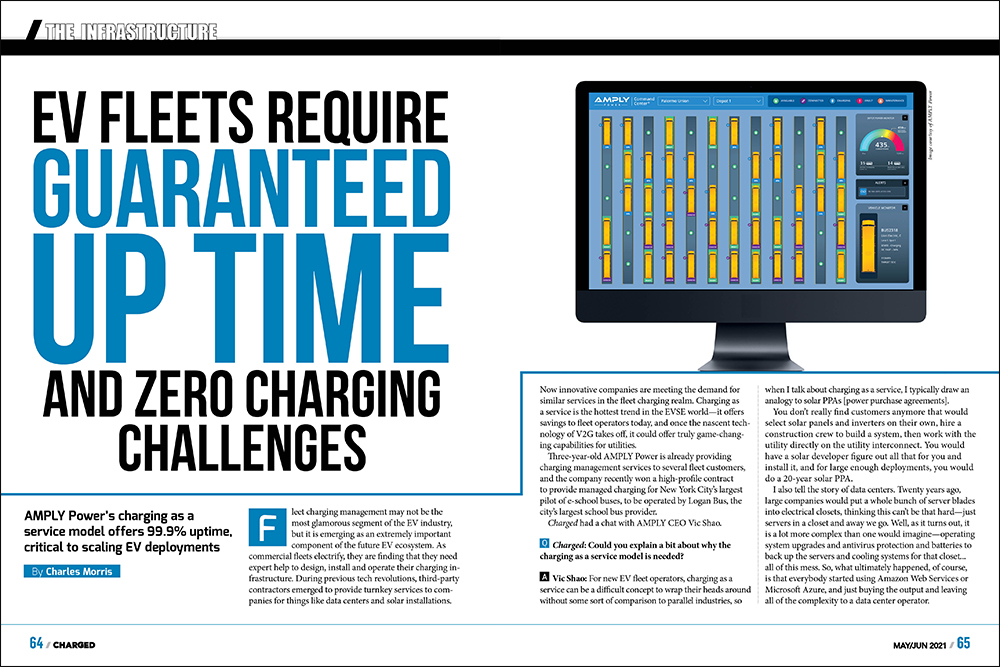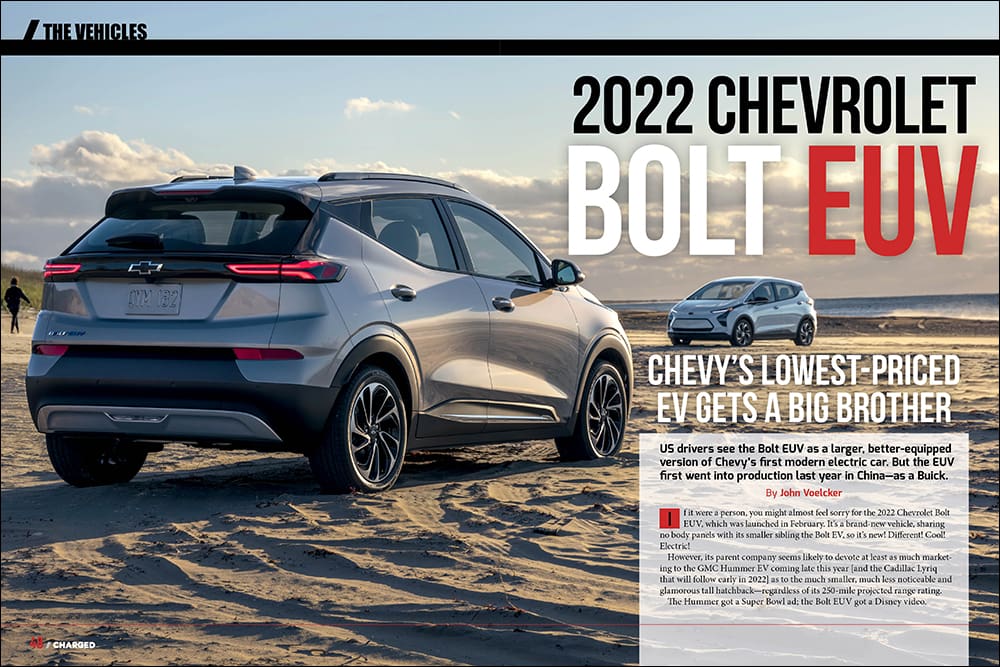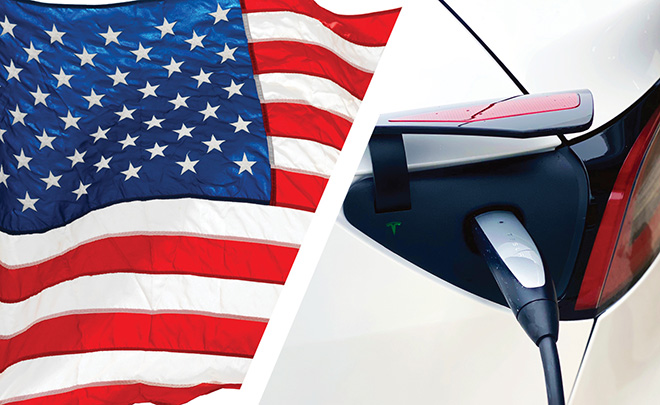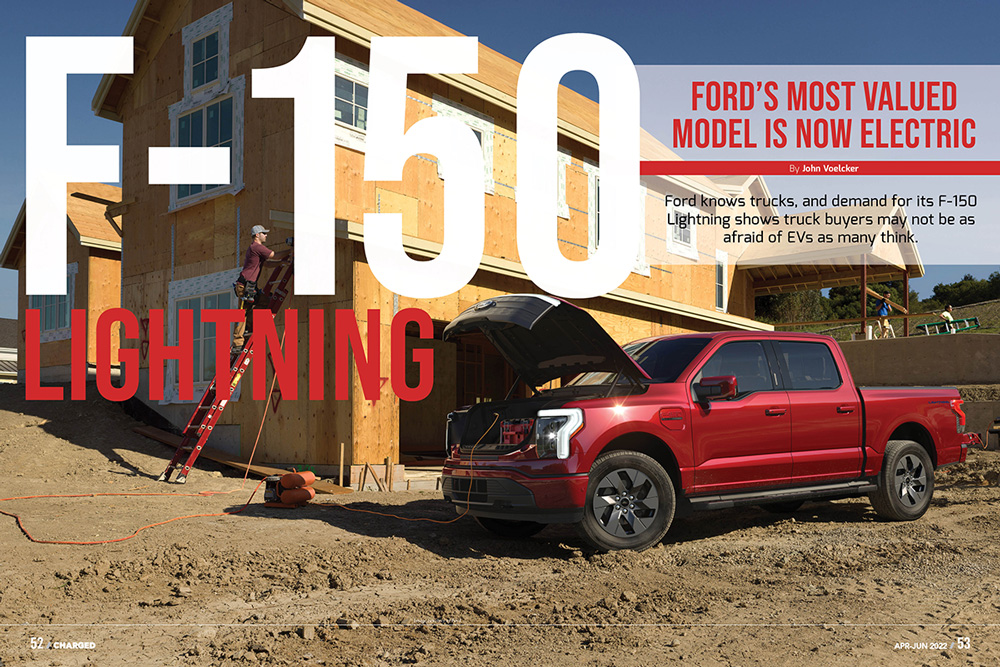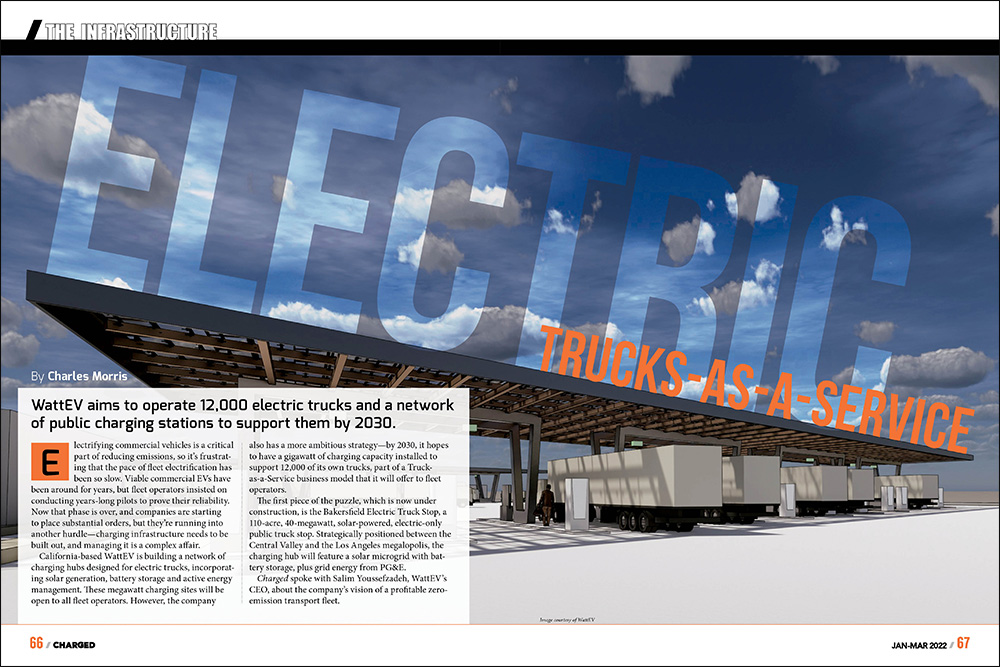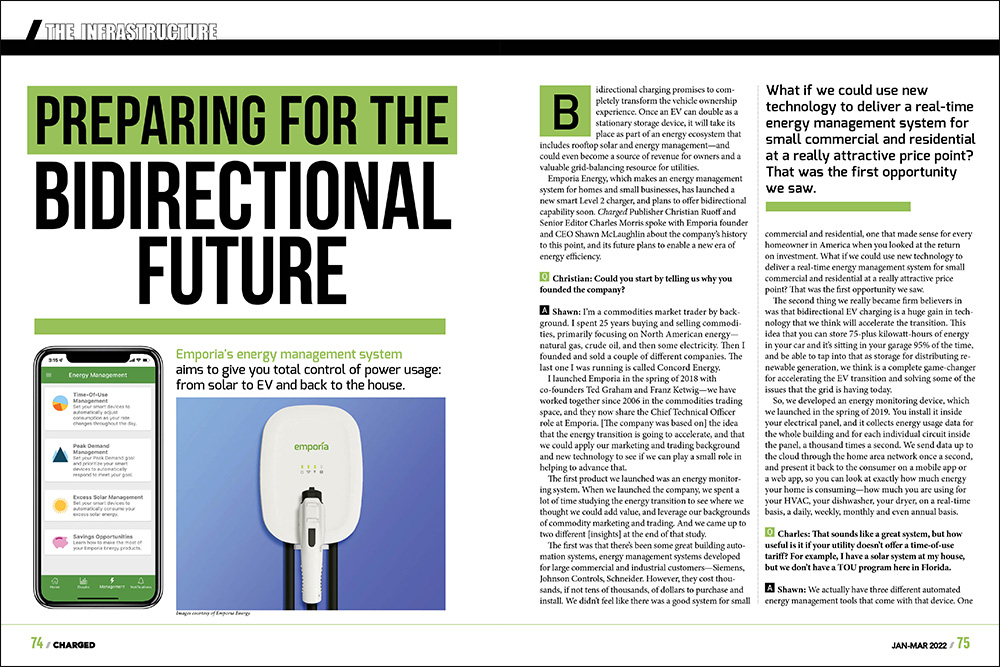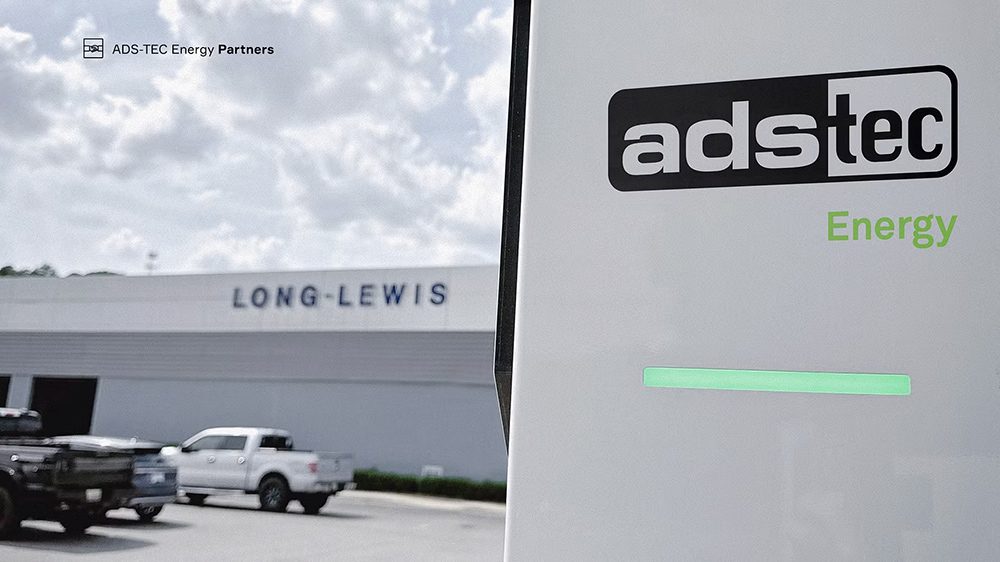When it comes to new technology, public perceptions matter. Expert opinions differ on the importance of public EV charging infrastructure, but potential EV buyers tend to see it as absolutely critical, as numerous surveys have made clear.
Utilities around the country are installing public EV chargers, and the savvy ones understand that the value of such projects goes beyond the direct revenue that they generate.
Peter Westlake is the Manager of New Products and Services at the Orlando Utilities Commission (OUC), which has installed hundreds of public charging stations. As he explained to Charged in a recent interview, EVs represent an enormous new revenue opportunity for utilities—and one way to encourage EV adoption is to install lots of highly-visible public chargers.
If someone only spends $100 with me yearly to charge their vehicle at one of my [public] chargers, I’m still probably going to see in the neighborhood of an additional $400 or $500 in home charging.
“As a utility, I have the unique opportunity to look at the whole story behind an EV charging hub,” Westlake told us. “If someone only spends $100 with me yearly to charge their vehicle at one of my [public] chargers, I’m still probably going to see in the neighborhood of an additional $400 or $500 in home charging.”
Even if the OUC loses a little bit operating the chargers, it’s still winning, because making the chargers available encourages EV adoption overall. “No matter who operates the charging stations, we’re the energy source, as long as they’re within our service territory,” says Westlake. “And honestly, I would love it if charging operators like bp pulse and Tesla come into our territory and build out the charging hubs, because OUC doesn’t necessarily need to be in the charging business. We need to be in the energy business. But I also know that, if you look back at the history of gas, when automobiles first started out in the early teens, they sold gas at hardware stores and grocery stores and pharmacies and things like that. It wasn’t until Texaco actually started to build gas stations that the fuel ended up in the right spot.”
Furthermore, public charging—especially DC fast charging—may not always be a loss leader. “If we look at a Tesla charging hub that’s operating in our service territory, it drives a fairly significant revenue opportunity,” says Westlake. “Those are operating in the black very quickly after being installed. We took a charging hub live in July that features 20 CCS DC fast charging stations—it’s located in the heart of downtown Orlando. We believe that it will at least break even, if not better, in the near future. And that’s because, as you get the load up, you start to see more revenue come in.”
